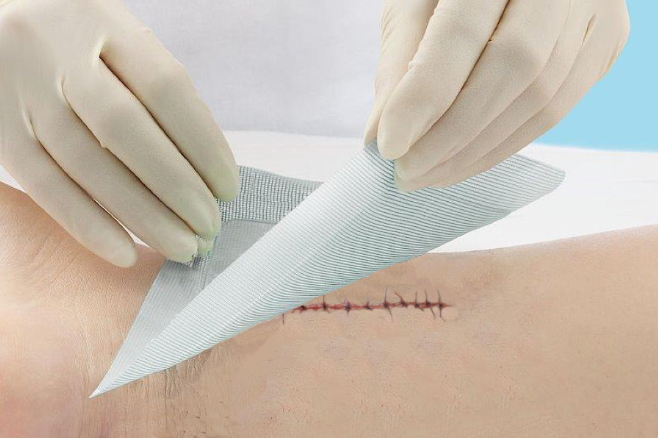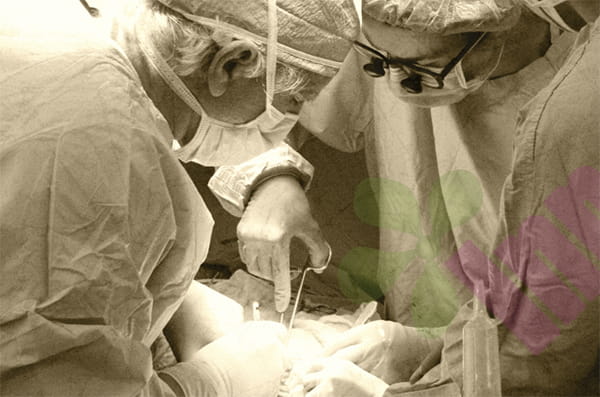Tumor wounds are complex wounds formed when malignant tumors invade or metastasize to the skin. Their care requires a comprehensive consideration of the disease characteristics and individual circumstances. These wounds have unique presentations and necessitate targeted nursing methods.

Typical features of tumor wounds
The tumor wound has irregular edges, often resembling a cauliflower or crater. Necrotic tissue is visible at the base of the wound, mostly grayish-white or dark red in color. There is a large amount of exudate, often accompanied by a strong odor. It bleeds easily; even slight touch can cause bleeding. Satellite nodules or swelling may appear on the surrounding skin. The pain is severe, and conventional analgesics are of limited effectiveness.
During nursing care ?
For patients in advanced stages, the primary nursing goals are symptom relief and quality of life improvement. This includes controlling odor and exudation, maintaining relatively clean wounds, managing pain to alleviate patient suffering, preventing and managing bleeding, protecting surrounding skin to prevent secondary injury, and providing psychological support to help patients cope with the illness.
How can I effectively control odors ?
Activated charcoal dressings effectively absorb odor molecules. Silver-containing dressings inhibit bacterial growth and reduce odor production. Topical metronidazole gel is effective against odors caused by anaerobic bacterial infections. Maintain good indoor ventilation and use an air purifier. Change dressings regularly to prevent exudate buildup. Deodorizing sprays can be used over dressings.
Effective methods for managing seepage :
Choose a highly absorbent dressing based on the amount of exudate. Alginate dressings are suitable for wounds with heavy exudate. Foam dressings provide a good balance of absorption and moisture retention. For wounds with extremely heavy exudate, consider using an ostomy bag. Take care to protect the surrounding skin and use a skin protectant. Record the characteristics and amount of exudate and adjust the treatment plan accordingly.
How to reduce pain ?
Use pain medications in a stepwise manner, progressing from non-opioids to strong opioids. Prophylactic analgesia can be used before dressing changes. Choose dressings that do not stick to the wound to reduce pain during dressing changes. Employ non-pharmacological pain management methods such as distraction. Maintain a comfortable position to reduce wound tension. Record pain patterns to optimize medication regimens.
How to choose dressings ?
Avoid using dressings that promote angiogenesis. Choose adhesive dressings that do not damage the wound. Pay attention to the breathability and comfort of the dressing. Use different dressings in combination depending on the wound condition. Regularly assess the effectiveness of the dressing and adjust it as needed. Consider the patient's financial capacity.
For more information on Innomed®Silicone Foam Dressing, Refer to the Previous Articles. If you have customized needs, you are welcome to contact us; You Wholeheartedly. At longterm medical, we transform this data by Innovating and Developing Products that Make Life easier for those who need loving care.
Editor: kiki Jia

 English
English عربى
عربى Español
Español русский
русский 中文简体
中文简体








